
The original Thanh Tri rice rolls are a light and unfilled dish.
Thanh Tri village, now part of Vinh Hung ward (Hanoi), is the birthplace of the simple yet refined steamed rice rolls, a dish deeply rooted in Hanoi's culinary tradition. While steamed rice rolls can be found in many places, Thanh Tri's version retains its unique character.
The process of making the rice paper begins with selecting the rice, choosing a type that is moderately sticky, not too soft, so that the rice paper doesn't break apart when steamed. Nowadays, people in Thanh Tri prefer Khang Dan rice. The rice is thoroughly washed, and the soaking time depends on the weather, about three hours in summer and four hours in winter, but it shouldn't be soaked for too long as it will become sour. After soaking, the rice is ground into a smooth, watery paste for making the rice paper.
Most families in Thanh Tri make rice paper rolls by hand, serving customers as they order. The cooks quickly scoop up portions of batter, spread it evenly on the mold, and cover for about 15-20 seconds. A perfectly cooked roll will be translucent and slightly chewy. Using a bamboo stick about 30 cm long, they gently remove the roll and place it on a tray. Skilled artisans can tell if the roll is ready just by looking at the color of the batter, its translucency, and how cooked it is. It's all thanks to generations of experience.
Authentic Thanh Tri rice rolls are made only from rice flour. After steaming, a thin layer of lard is brushed on, fried onions are sprinkled on top, and then the rolls are layered. This simple, unpretentious nature is what gives the dish its unique character.
To make delicious bánh xèo (Vietnamese savory pancake), the baker must be highly skilled, especially in preparing the dipping sauce correctly: light, flavorful, well-balanced, not harsh, not too salty, and not too sweet. The dipping sauce is a delicate highlight, shimmering with an amber hue, featuring a few slices of red chili and ivory-white garlic cloves. Previously, the sauce included water beetles; nowadays, this ingredient is scarce and only available by pre-order.
According to researchers, rice rolls filled with minced meat, wood ear mushrooms, or shiitake mushrooms are later variations. Nowadays, if people eat plain rice rolls, they usually serve them with cinnamon pork sausage.
In the past, people in Thanh Tri would make rice rolls, put them in baskets, and carry them to the city to sell. Nowadays, even though Hanoi has many rice roll vendors, many families in Thanh Tri still maintain the old tradition: making rice rolls and selling them on the sidewalks early in the morning, returning home around midday.
Some households have opened shops, becoming well-known brands that many customers seek out, such as Co Lan's, Mrs. My's, Mrs. Nghia's, Mrs. Hoanh's..., serving both dine-in and delivery customers.
Thanh Tri rice rolls have been introduced to many international visitors. Being recognized as a heritage site creates further opportunities for promotion, contributing to elevating Hanoi's culinary scene.
Source: https://nhandan.vn/mon-am-thuc-di-san-moi-cua-ha-noi-post894447.html










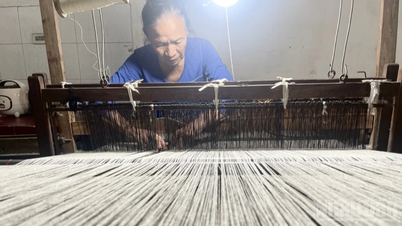
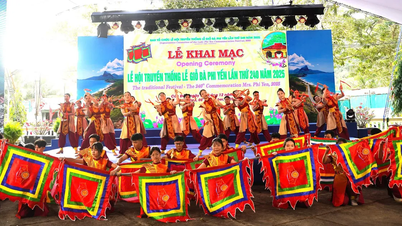




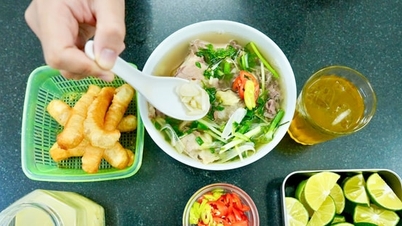








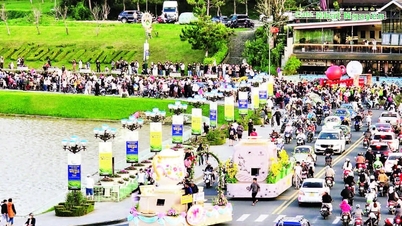




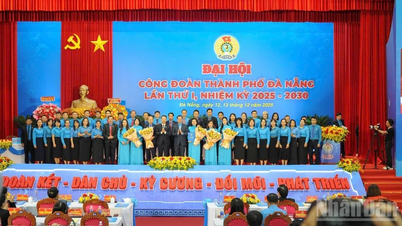


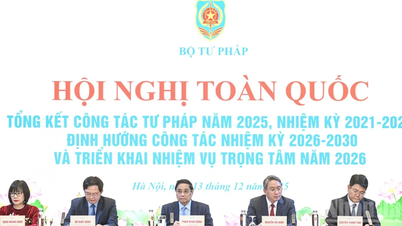

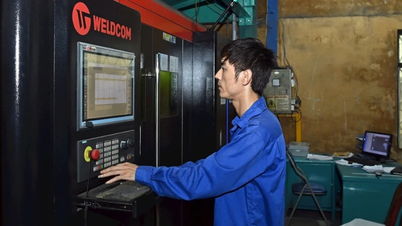

![[Image] Close-up of the newly discovered "sacred road" at My Son Sanctuary](/_next/image?url=https%3A%2F%2Fvphoto.vietnam.vn%2Fthumb%2F1200x675%2Fvietnam%2Fresource%2FIMAGE%2F2025%2F12%2F13%2F1765587881240_ndo_br_ms5-jpg.webp&w=3840&q=75)








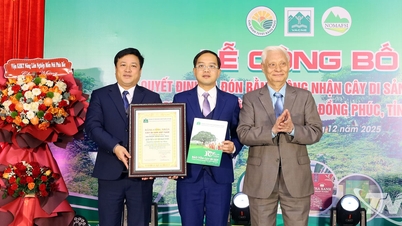






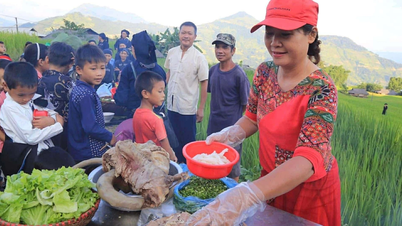













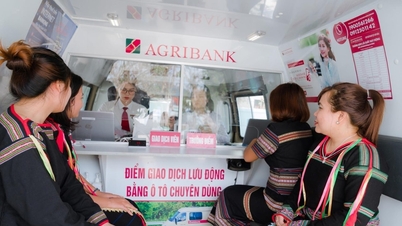















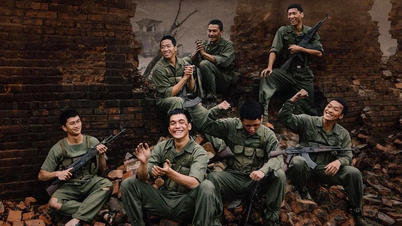
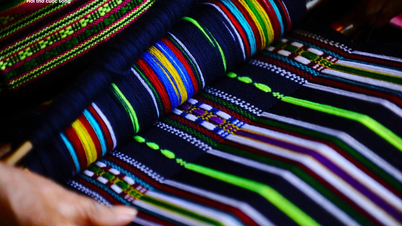
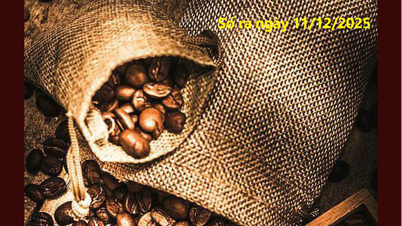

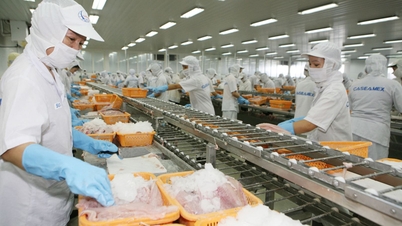











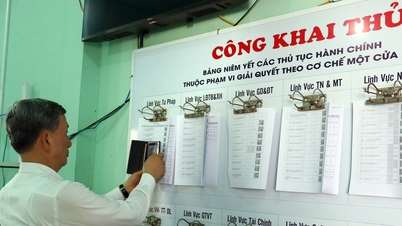
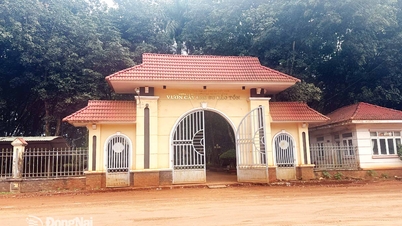
















Comment (0)